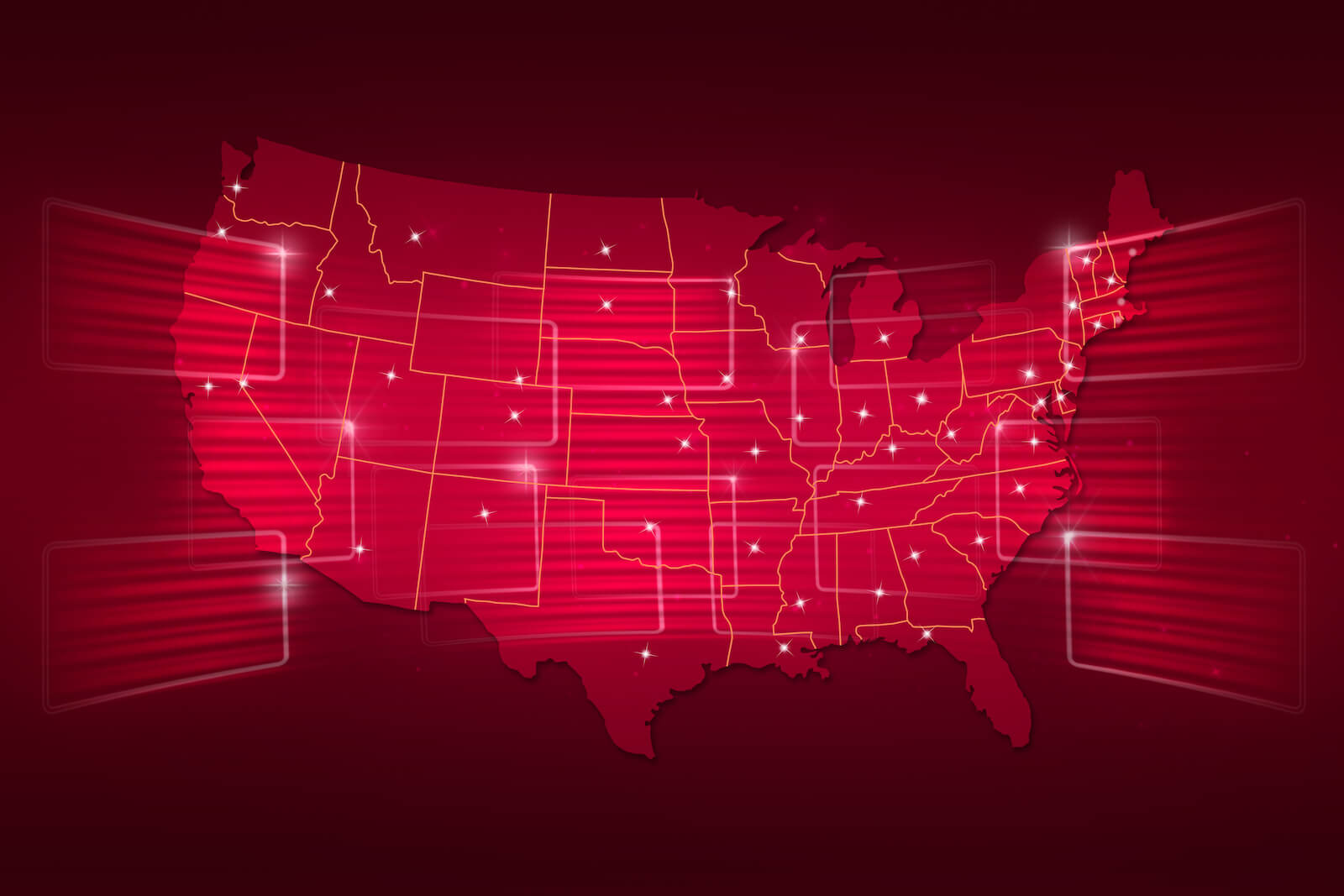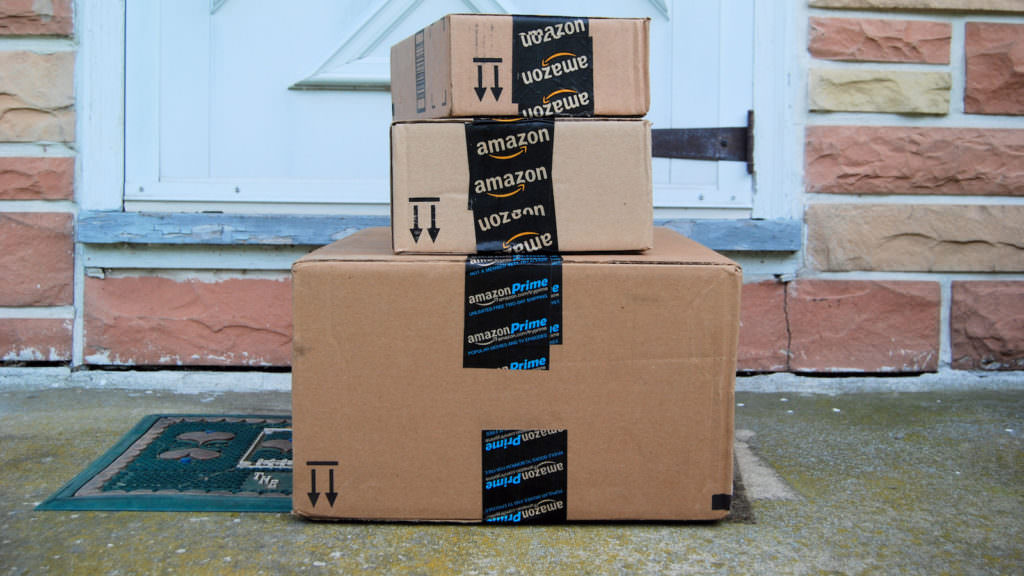What do you want to learn?
Being a small ecommerce business owner is tough. You need to find ways to save money when possible while balancing all facets of running a company.
In theory, DIY-ing everything may seem like the best way to cut costs. However, when you look beyond the surface, there are hidden costs of doing it all yourself.
One common example of this is order fulfilment, which involves storing inventory, retrieving products, packing items, and shipping orders to customers. When you do this in-house, besides paying for shipping, self-fulfilment is free, right? Well, not exactly.
“I’ve talked to people who think they save money by fulfiling themselves. Their first question is always ‘is a 3PL worth the extra expense?’
We see outsourcing fulfilment as a cost-savings and believe it will save you money in the long run. 3PLs negotiate rates, give you back all the time you’d spend stuffing mailers, and reduce the errors you’d make messing up addresses.
Most of all, those are hours we’d spend on tasks that are not scaling our business when we could be using those resources for growth.
You should spend time doing what you do best, and fulfilment is an easy task to take off your plate.”
Gerard Ecker, Founder & CEO of Ocean & Co.
What are the hidden costs of shipping orders yourself?
It may seem as though you’re only paying $9 or some other flat fee for postage to ship each package, but there are expenses – both direct and indirect – that many merchants do not factor in.
The cost of packing materials and supplies
When you manage ecommerce fulfilment in-house, there may be a variety of tools and supplies required. Depending on how you pack your products and which couriers and services you use, you may need to purchase any combination of the following:
- Packing tape
- Bubble wrap, dunnage, packing peanuts, air pillows, and other cushioning products
- Boxes, poly mailers, satchels, and envelopes
- Labels and paper
- Printer and ink
- Mail bins
The cost of transportation
Once your orders are ready to be sent to customers, you have to get them to a shipping location. This often takes the form of driving to the local Australian Post.
By the time you get all the boxes packed into your car, you may still encounter traffic and trouble finding (and possibly having to pay for) a parking spot. These trips add up, as you’re putting more miles on your vehicle, with the costs of gas and general wear and tear.
The cost of inefficiencies
If retail fulfilment is not your core business, you don’t always know the best practices. When your processes consist of manual, redundant steps, you can make common but costly shipping mistakes. As more orders roll in, you duplicate these inefficiencies.
You also lose additional efficiencies without:
- Bulk discounts: If you’re not shipping millions of packages each year, you don’t have the best rates negotiated with couriers
- Integration with other systems: If your processes aren’t connected to the technologies you already use, you lack speed and automated processes, data to drive decisions, and transparency for customers
- Multiple locations: If you are stuck shipping orders out from a single location, you may have to pay higher postage for packages that travel across multiple shipping zones
“We were not set up to fulfil thousands of orders or prepared to manage the complexities of shipping. It just made a lot more sense for us to put our trust in somebody we knew that was number one in their game and would continue to get better and better.
After working with ShipBob and seeing the initial 20,000 – 30,000 units go out the door, it allowed me to sleep better at night.”
Matt Dryfhout, Founder & CEO of BAKblade
The cost of making your customers wait
When you fulfil orders in-house, you typically settle for the lowest shipping costs you can get. Though it may seem like the best option for you, it might not be as favourable for all of your customers.
Let’s say you’re based out of Malbourne, and you need to ship a product to a customer who lives in Queensland. Unless you opt for express shipping, a package takes time to travel a couple thousand km.
When shipments take too long to reach your customers, you may be jeopardizing future business. Why is this? Consumers expect fast shipping today.
Nobody likes to wait. Slow delivery times can fail to meet expectations in your customers’ eyes. When this happens, they are less likely to become repeat customers.
“We were managing shipping and logistics ourselves but we didn’t understand just how massive and difficult fulfilment was. It involved us getting deep into the logistics and supply chain side, which prevented us from focusing on our core products. After a thorough search of companies that could give us something akin to Amazon and its delivery capabilities, we chose ShipBob.”
Andrew Hardy, COO of Nature’s Ultra
The cost of shipping insurance
Not everyone chooses to insure their packages. Depending on the courier, service, type of item, condition of the package, and shipping destination, you may already be covered against loss or shipping damage if the contents of your package are worth USD $100 or less.
If not, shipping insurance is another cost if you choose to play it safe. Of course, if your package is damaged, lost, or stolen, you still have to file a claim, costing you more time.
The opportunity cost of completing higher-dollar tasks
Running a successful ecommerce business means you have an infinite number of tasks to complete. Opportunity cost refers to the loss of potential gain from other alternatives when one option is chosen.
Every hour you spend checking for new orders, packing your items, driving to Aus Post, waiting in line, and shipping your products, you’re missing the opportunity to grow your customer base, develop new products, market your business, and much more.
“I was leashed to my label printer and my house to fulfil orders constantly. To say that switching to ShipBob has been life-changing is an understatement. Thinking big picture, it was an incremental cost for me to ultimately sell a lot more. My business has tripled and I got my life back.”
Anastasia Allison, founder of Kula Cloth
Since time is the new currency of entrepreneurs, you may need to outsource administrative, operational tasks that give you back more time and can be done by someone other than you – especially when they’re not expensive.
Think about how you spend your time and the daily tasks you complete. How much would you pay others to complete these tasks? By writing them out, you quickly identify which tasks are “low-dollar” and “high-dollar” activities. You will find that not all tasks are created equal.
The table below is an example from ShipBob customer Teri Miyahira’s blog post, “Why Moving Away from Self-Fulfilment Was My Smartest Business Decision to Date.”
In it, she breaks down the tasks she was completing into categories by dollar amount. While the exact dollar amounts may differ for your business, this exercise helps show the real value of an entrepreneur’s time.
| $10/hour | $100/hour | $1,000/hour | $10,000/hour |
|---|---|---|---|
| Warehousing and inventory management | Talking to qualified leads | Negotiating with qualified leads/prospects (especially for B2B ecommerce) | Creating new products/services |
| Order fulfilment and packaging | Helping an existing client | Creating marketing campaigns | Expanding to new markets/locations |
| Post office and running errands | Drafting emails to leads and customers | Writing sales copy | Negotiating major deals |
| Customer service | Graphics and video editing | Creating split tests | Drafting brand messaging or positioning |
| Organising, cleaning | Fixing website | Planning a new sales funnel | Final decision in hiring team members |
| Basic market research | Cost analysis | Scouting for new team member talent | Forward vision thinking and long-term goal setting |
| Ordering supplies | Content creation (writing blog posts or on social media) |
Miyahira realised that every hour she spent completing a $10/hour task instead of a $10,000/hour task, she was effectively losing $9,990/hour in revenue-generating activities. In other words, time is money. If you’re spending significant time on the low-dollar tasks, you are stunting or stalling your growth.
When Miyahira found herself swamped by low-dollar activities, she realised she needed to outsource supply chain management-related tasks. To her delight, 3PL companies already handle most of the $10/hour activities.
By delegating these, she was able to focus on the higher-dollar tasks to make the best use of her limited time, generate more revenue, and scale her business much quicker.
“It felt like all I did was eat, sleep, and pack orders. We couldn’t fit another person in my garage. I had to make a transition in order to scale.
Since working with ShipBob, we’ve grown 115% and experienced 2.5 times more order volume. It was kind of like magic — my orders were imported into ShipBob from my Shopify Plus site and started getting fulfiled right away. I didn’t have to do anything.”
Noel Churchill, Owner and CEO of Rainbow OPTX
Learn more
When you are on a tight budget, doing everything yourself can feel like your only option. While self-fulfilment may seem mostly free, there are several potential hidden costs. Though they may appear to be miniscule, they should not be excluded when calculating the total costs of fulfilment.
Sometimes, these combined costs will actually be more than the cost of outsourced fulfilment. Of course, fulfilment centre costs vary across 3PLs, and the best solution for your business will depend on several factors.
Keeping fulfilment in-house makes sense for some merchants (those who personalise every item, need to control exactly how packages are wrapped, and are still small enough that it’s not taking up too much time).
But what works early on may become unsustainable as your business grows. A founder’s time is one of the most precious resources. If it’s time to outsource shipping, check out ShipBob.
“We’ve been very impressed by ShipBob’s high accuracy as well as their ability to meet their SLAs. Before we migrated to ShipBob, this was a challenge due to limited resources and time, and we used to frequently make shipping mistakes ourselves.”
See if ShipBob is the right fit for you.


